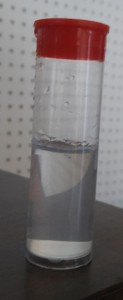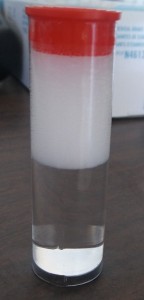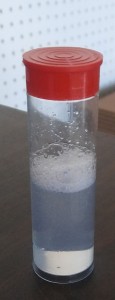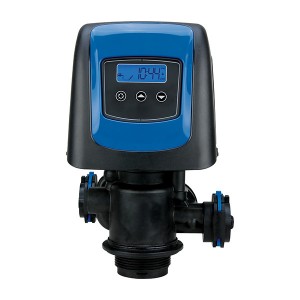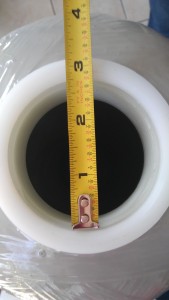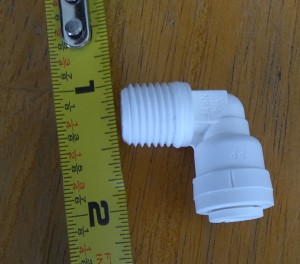Does TAC (Template Assisted Crystallization) treatment make soap work better?
by Emily McBroom and Gene Franks
One of the much touted virtues of conventional water softeners is that they make soap lather better. Many a softener has been sold using in-home sales demos that fill the homeowner’s heart with visions sudsy showers, silky-soft laundry, and big bags of money saved on soap purchases.
With the salt-free TAC units, the emphasis is usually on more mundane items like scale-free pipes and water heaters than on silky hair and spot-free dishes. We sell TAC units only with the promise that they will prevent scale buildup in pipes and appliances. As for soap performance, we always say we don’t know. Some customers have told us that soap does, in fact, lather better with TAC and some aren’t sure.
To settle this weighty question once and for all, we decided to do a quick test.
One of the conventional tests that home-demo sellers have used to impress prospective customers is the simple soap demo. It is done with a dropper bottle of tincture of green soap and a small test bottle. You put some water in the test bottle, add a drop a soap, give it a shake, and see how much suds appear in the bottle. The result is predictable: The hard water sample is suds-free and the soft water sample is topped off with a big frothy head of suds.
Here’s what our test looked like when we tested untreated tap water, water softened with a conventional softener, and water treated with a small TAC unit that we made for the test.
1. Denton municipal tap water. Mildly hard: 6 grains per gallon (Hach titration test). Soap test result: almost suds free.
2. Denton municipal tap water processed by our office water softener: Hardness = 0 grains per gallon (Hach titration test).
The result: lots of lasting suds.
3. Finally, we tested tap water treated with a small TAC unit made with Watts Scalenet (OneFlow) media, 1/4 liter in a 9.75″ X 2.5″ filter cartridge in a standard sized housing. The cartridge was rinsed for 5 minute rinse at 0.5 gpm, then tested. The result:
Tested with the soap test: medium suds.
So that proves it. TAC improves soap performance. Although this is not a peer-reviewed, double blind test, and as far as we know no one has tried to verify the results, we’re satisfied that TAC-treated water makes soap lather a little bit better than tap water. (“Little bit” is a technical term that we use in testing to indicate an amount somewhere between “just a tiny bit” and “a whole lot.”)




